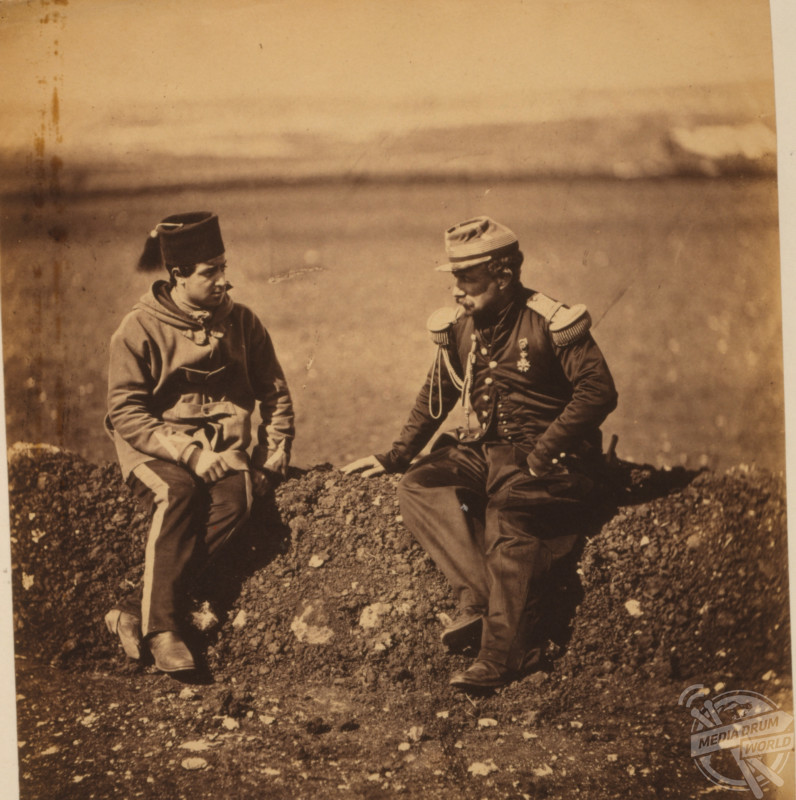
By Tom Dare
INCREDIBLE IMAGES of the first war to ever be documented in pictures, some dating back a remarkable 160 years, giving a rare glimpse into what military life was like in the mid-1800s.
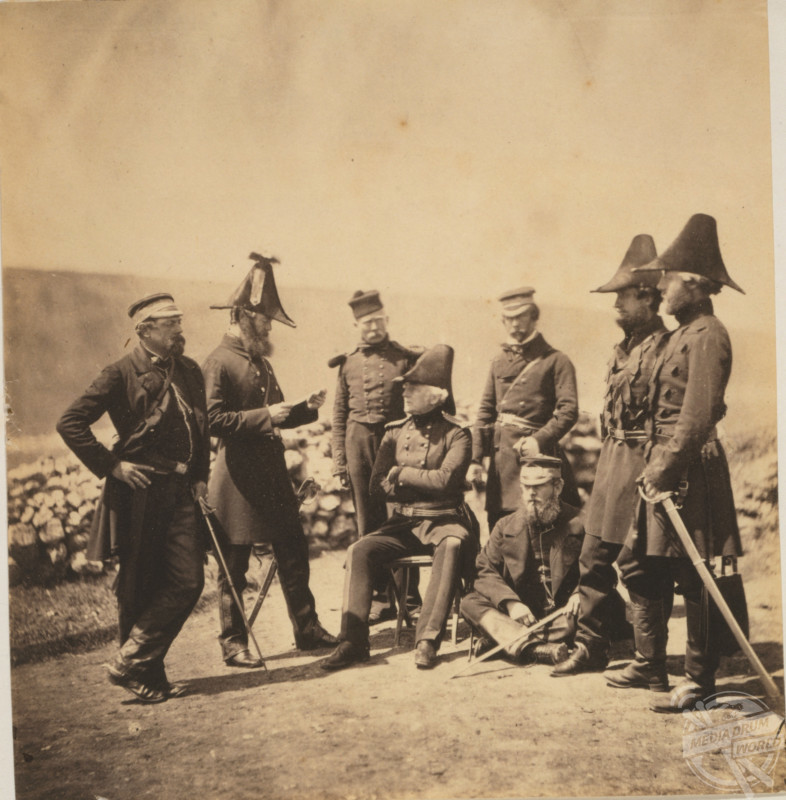
Roger Fenton / mediadrumworld.com
The collection documents the infamous Crimean War of the 1850s, and was taken by British photographer Roger Fenton over the space of just three months between March and June 1855 in extremely testing conditions. Though he was unable to capture any battle scenes due to the effort of setting up his equipment, images do include rows upon rows of tents at a British cavalry camp in what is now the Ukraine, with another showing a group of British soldiers next to a flag.
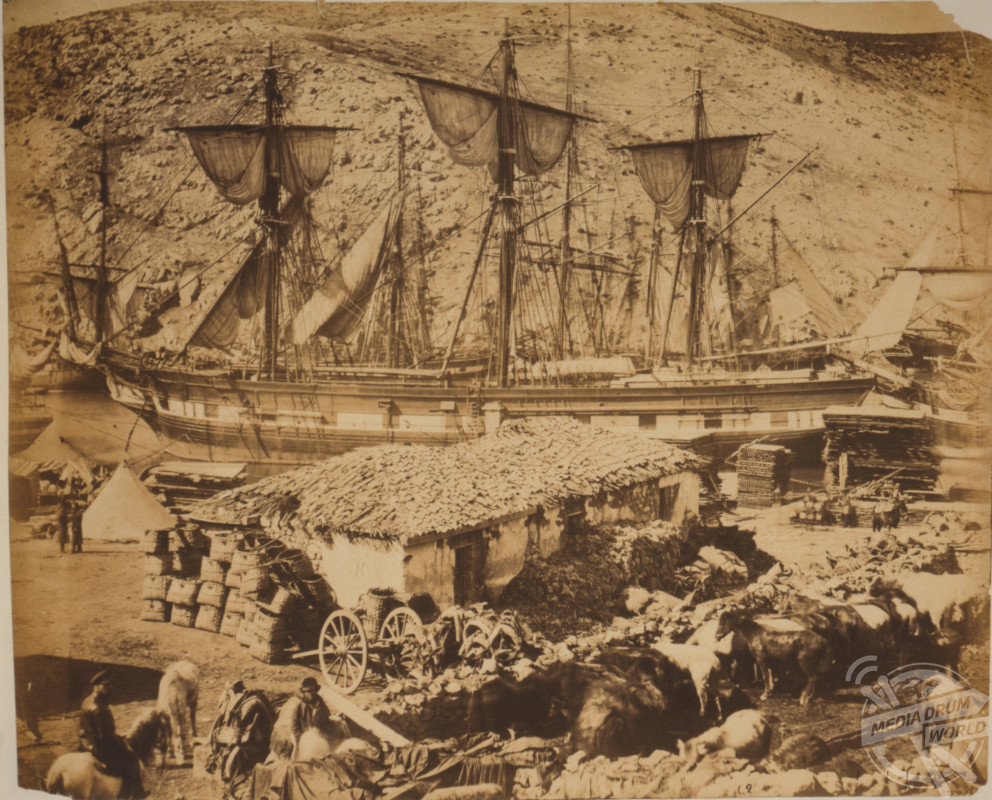
Roger Fenton / mediadrumworld.com
Further images from the collection show a majestic navy ship at the Balaklava harbour, with further shots showing a war council in progress toward the end of the conflict.
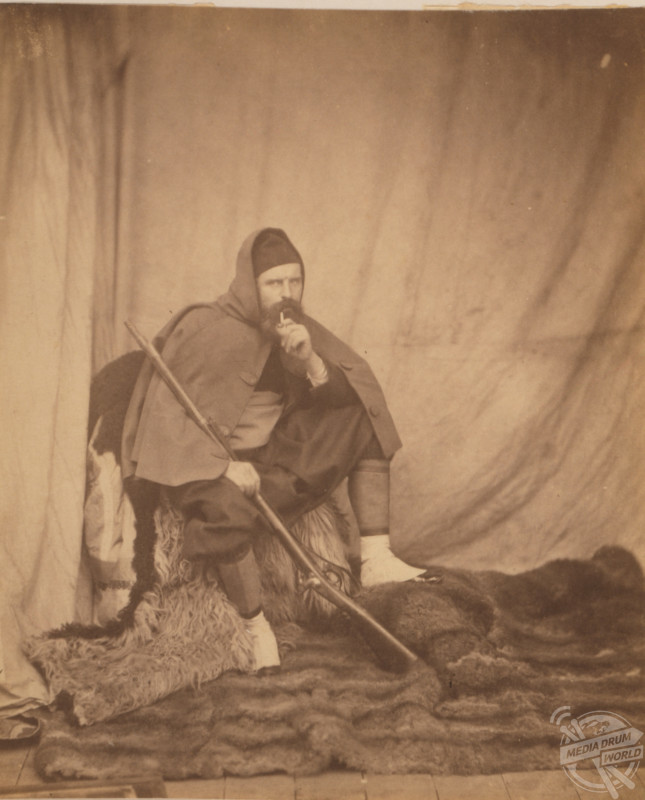
Roger Fenton / mediadrumworld.com
The Crimean War took place between October 1853 and March 1856, and was fought between a coalition of the British, French, Ottoman Empire and Sardinia defeated the Russian Empire. On paper, the conflict began because of a dispute between France and Russia over who should have authority over the Christians residing in the Ottoman Empire. In reality, however, it was about power.
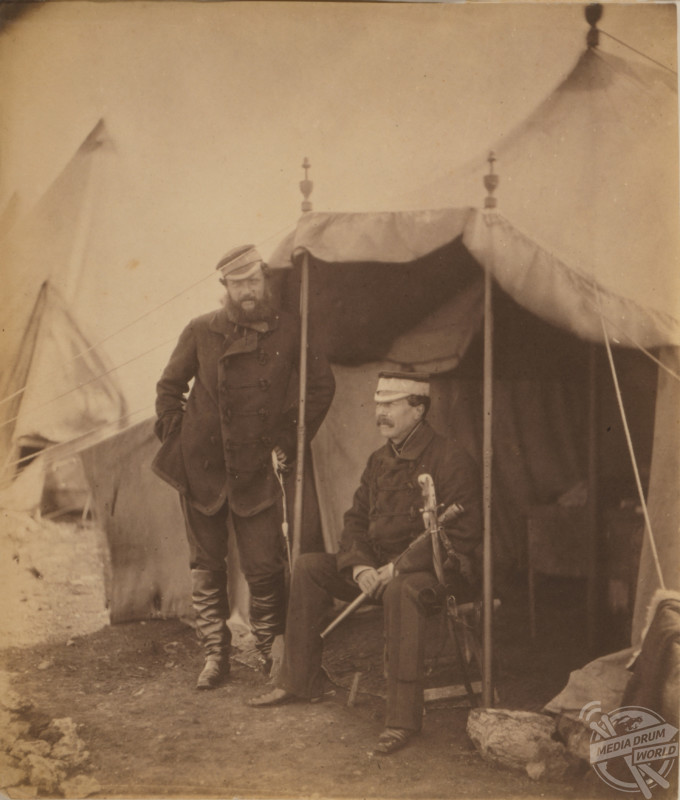
France’s new emperor, Napoleon III, wanted France to re-stamp her authority on the international stage, and saw the gradual weakening of the Ottoman Empire as an opportunity for France to flex her muscles and attempt to intimidate the Ottomans into bowing to French pressure. After the Ottomans refused to renege on their previous deal with the Russians France essentially threatened them into changing their allegiance, something which the Russians were none too pleased about. Britain, whose relations with France had been at best shaky up to this point, decided to side with the French in any case as they did not want to see Russia expand her influence as the Ottoman Empire began to recede.
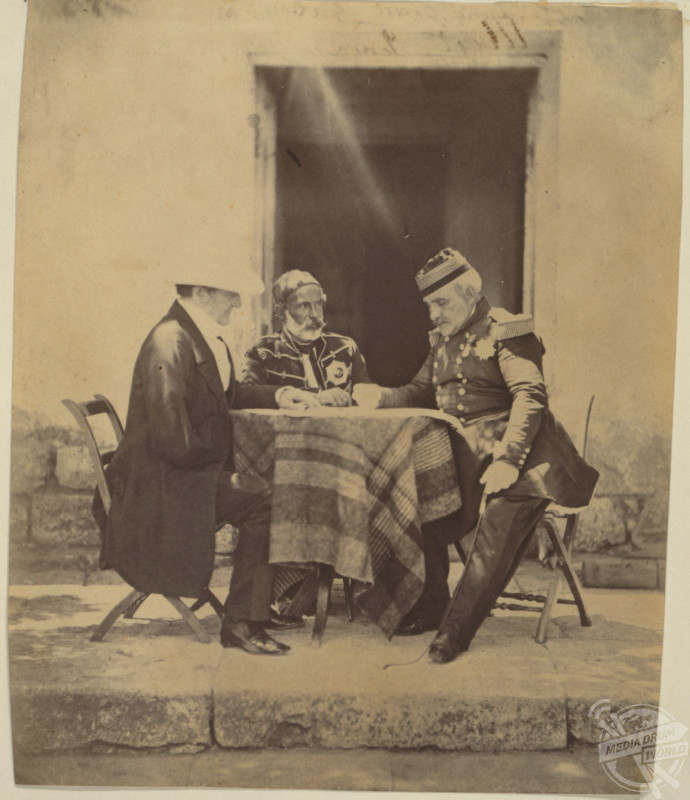
Roger Fenton / mediadrumworld.com
After Russia attacked a fleet of Ottoman ships docked in Sinop, destroying several, both France and Britain joined the Ottomans in declaring war on them. What followed was a long, drawn-out campaign which consisted of several set piece battles, namely in Crimea, The Crimea and Azov, the last of which took place at sea. The Crimea campaign featured the infamous charge of the light brigade, and actually saw public opinion in Britain turn against a war they had earlier been in favour of.
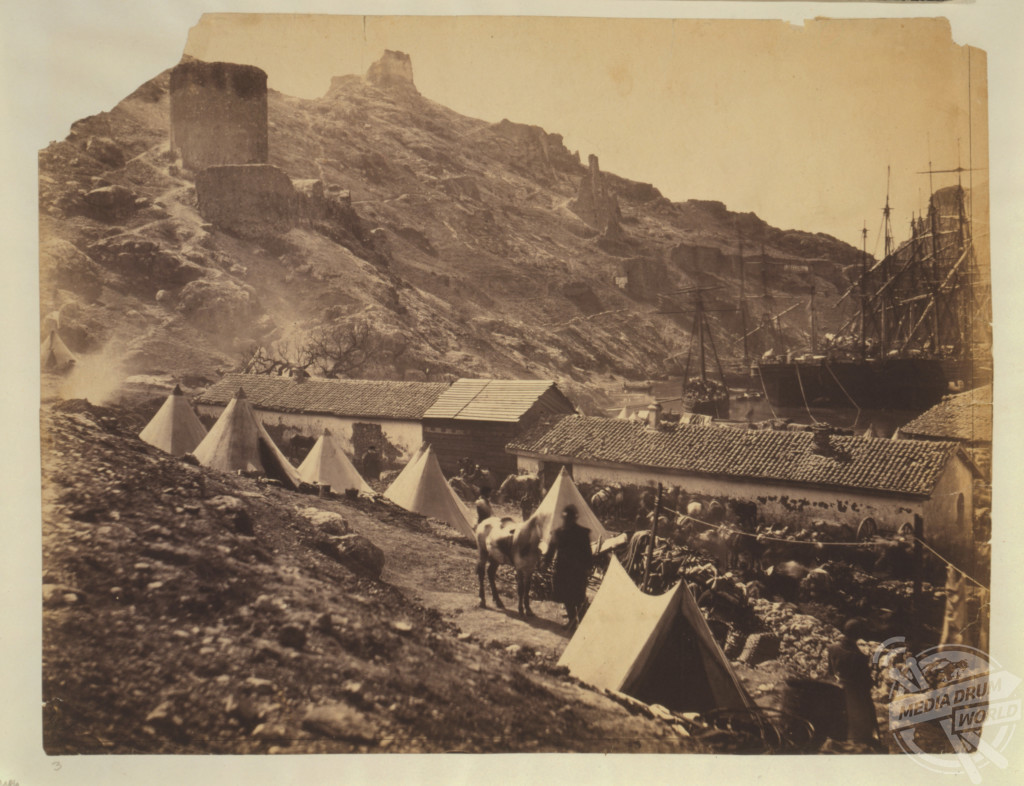
Roger Fenton / mediadrumworld.com
The war was eventually brought to an end by the Congress of Paris, which saw Russia return certain areas to the Ottomans while they themselves were returned several ports which had been seized by the British and French during the conflict. All in all, The Ottomans lost an estimated 45,000 men, the French a staggering 135,000 and the British 40,000, while the Russians were reported to have lost over 500,000 men. The vast majority of the casualties suffered in the war were from disease or non-combat related reasons, rather than being killed in action.
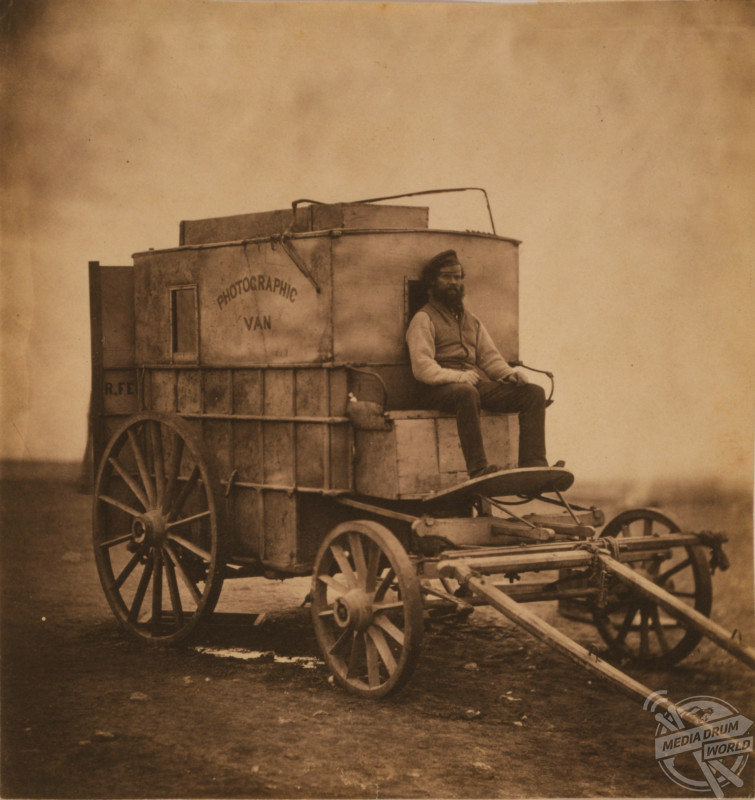
Roger Fenton / mediadrumworld.com






